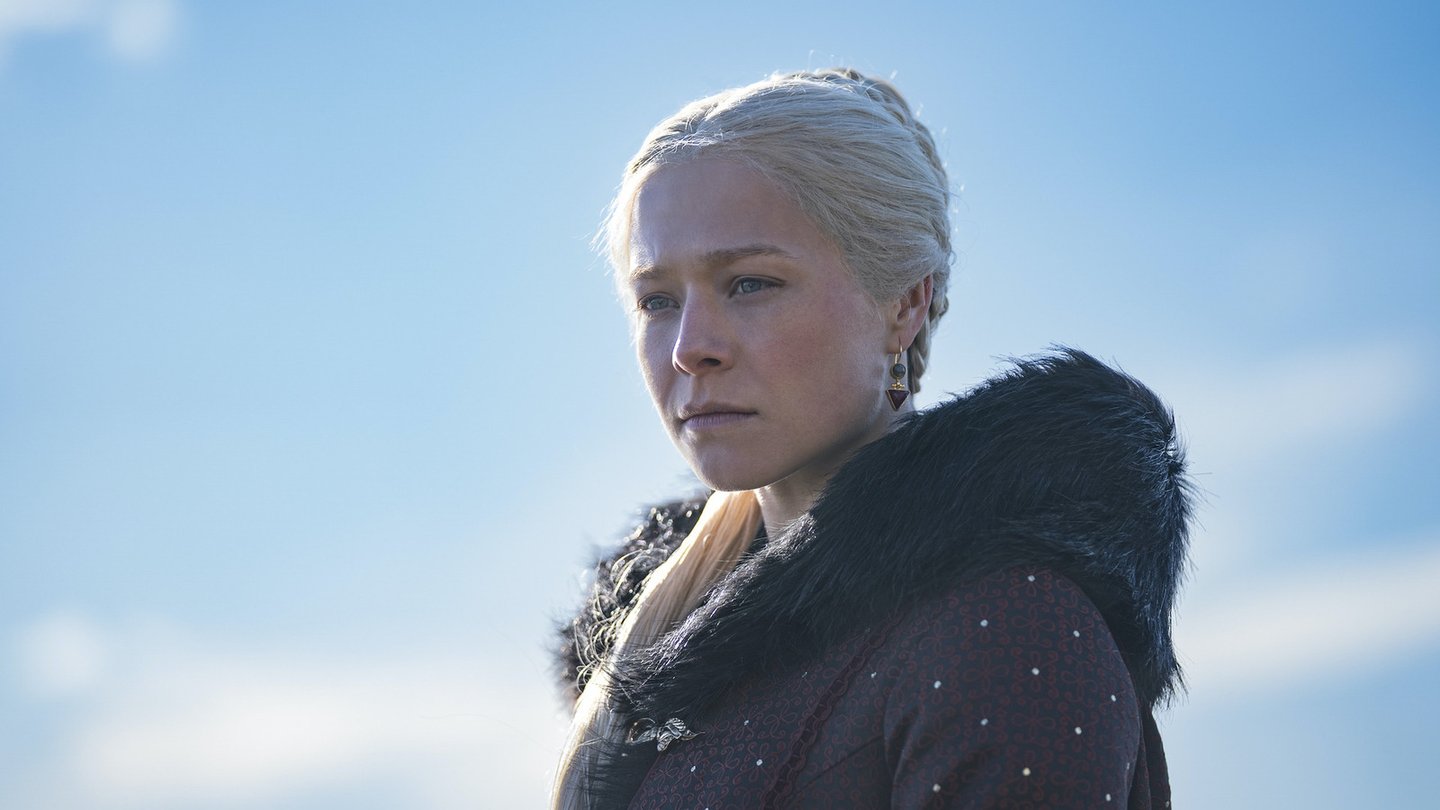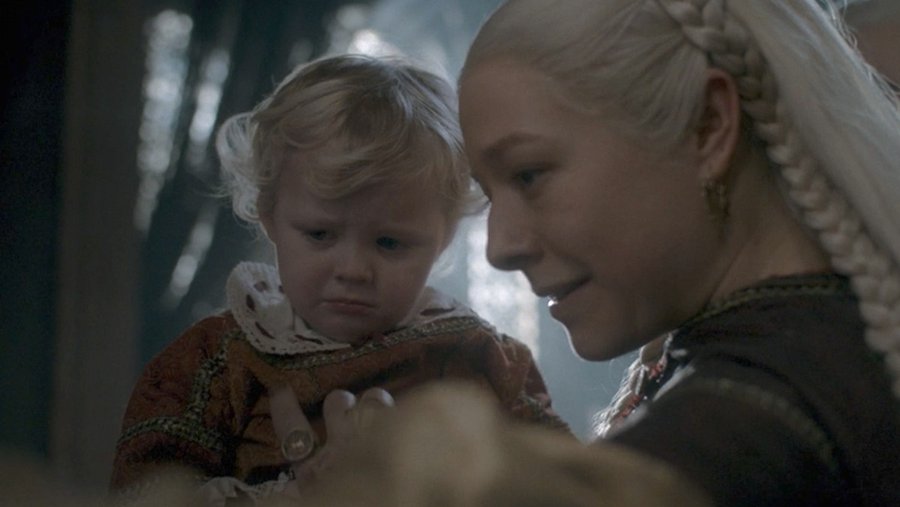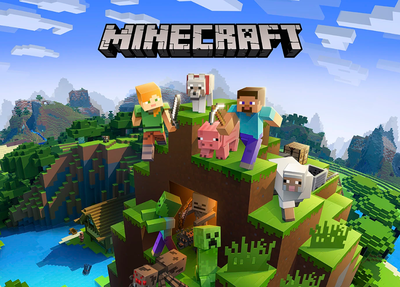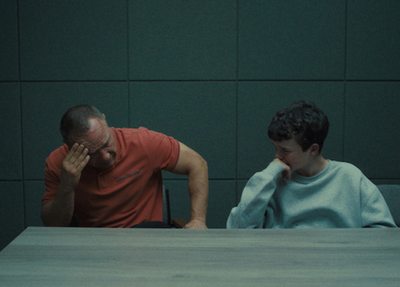
Staying safe when your parenting downtime gets hijacked by tough storylines
Jess on June 27, 2024
As parents or caregivers, we are constantly having to navigate the tricky waters of deciding which shows are okay for children to watch. But how often do we stop to think about where we draw the line for ourselves?
Everyone has different thresholds when it comes to the shows they watch and the drama they enjoy for downtime. For some, the sight of blood alone is enough to jump up and turn the telly off, while others are quite comfortable watching someone’s eyeballs gouged out in full detail.
Sometimes the storylines aren’t fair on parents. Here at the Office there’s been some discussion about House of the Dragon (HOTD) and whether it takes cruelty too far. Season 2 has been self-rated 16 by Neon, and only two episodes in, it is already shaping up to be a hard watch - which seems to be the goal for the Game of Thrones and HOTD franchise. Parents in particular were quite distressed watching a (spoiler alert) child's death in the first episode, which had warnings for content that may disturb, offensive language, sex scenes and violence. Yet there’s people online who think the scene didn’t go far enough!
Regardless of where you sit on the spectrum, it’s important for us to be aware of our own limits and preferences when consuming media, especially with the huge scale of content available today. Understanding where you draw the line can help you to make informed choices about what you watch and engage with content that aligns with your own comfort levels.
Shock value on screen is nothing new; it dates back to the early days of cinema and has evolved over time alongside societal norms and new technologies - but are the shocks becoming too shocking? With all the different platforms and ways to watch media these days, there seems to be growing competition to capture our attention quickly. As a result, we may find ourselves exposed to more graphic, disturbing or controversial content, even when we are not actively seeking it out.
Beyond violence and gore, shows intentionally use triggers and sensitive content like sexual assault, suicide, traumatic childbirth, and child deaths to create that shock value which doesn’t consider of different personal boundaries, preferences and experiences.
It can be hard not to jump on the bandwagon of shows, especially when they’ve been sitting on your streaming platforms for weeks in the top 10 watches, and everyone around you won’t stop talking about them. I personally have had to tap out of shows like The Idol, American Horror Story and Monster: The Jeffrey Dahmer Story - not because I didn’t find them entertaining, but because I wasn’t comfortable with how they made me feel.
A great way to know what you’re in for before tuning into something is to look it up on our Find a Rating page. Here we cover film and series ratings and provide a content breakdown of everything potentially icky that will be shown.
So if you’re thinking of starting HOTD season 2 but aren’t sure if you’re game, take a look at our breakdowns for episodes one and two before you make the call.
Tools such as ratings and content warnings are not just for rangatahi and tamariki. They are such valuable resources when it comes to choosing what to watch and enable us to make informed choices about what we want and don’t want to see on-screen.
Further reading
Are scary films good for anything? (Blog)
Studio Ghibli, Movies and Mental Health (Blog)

Subscribe to our blog
Stay up to date with the Classification Office blog.


